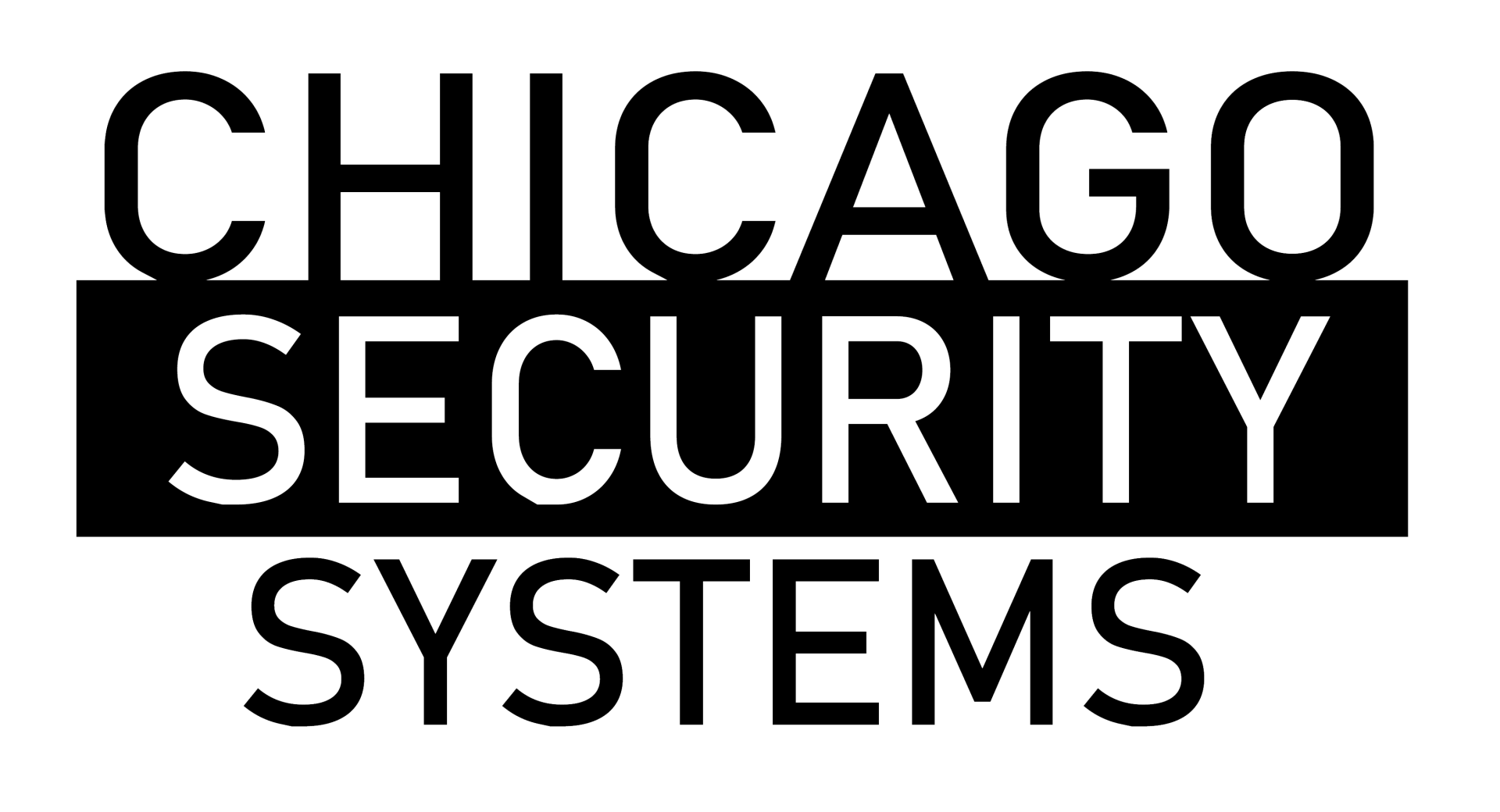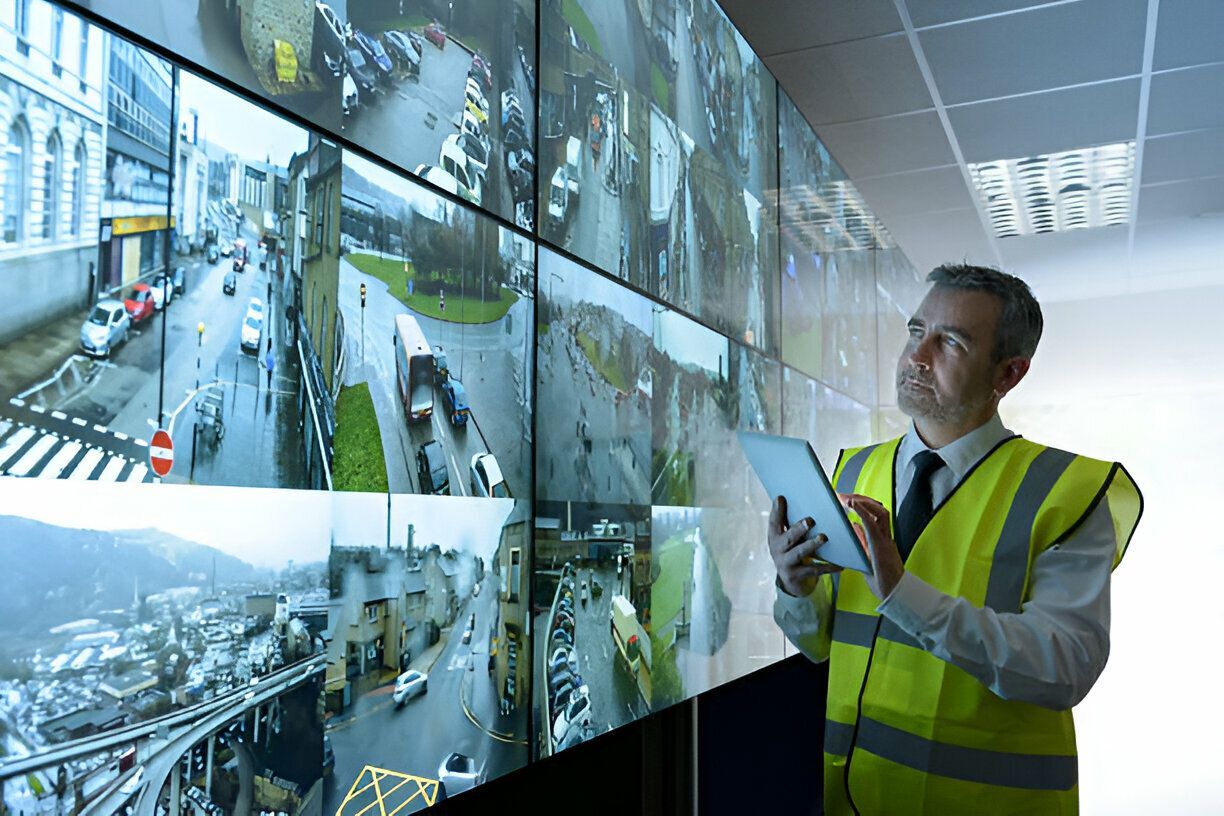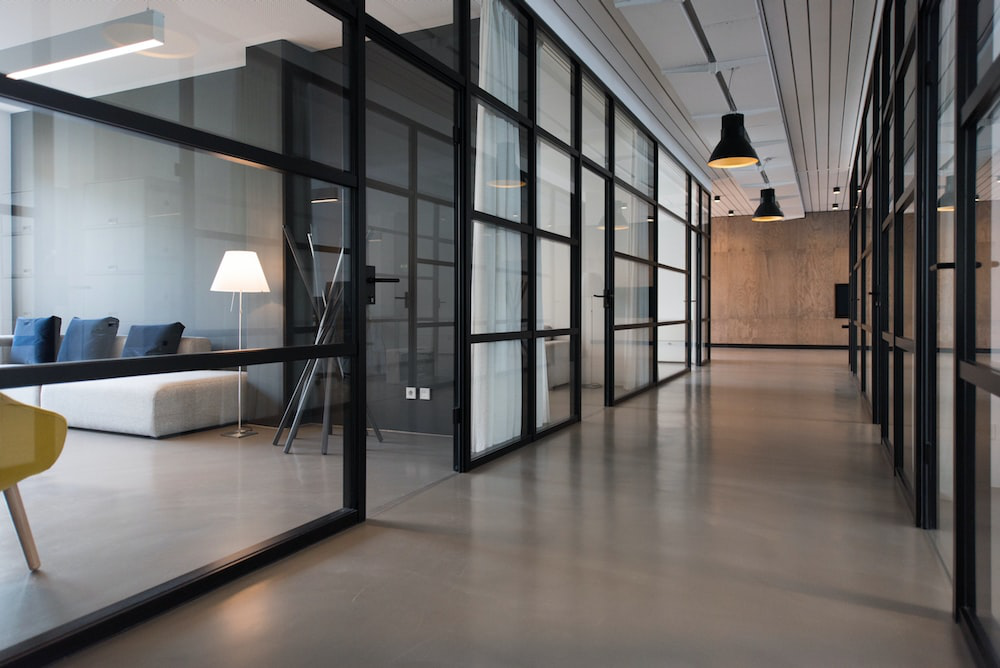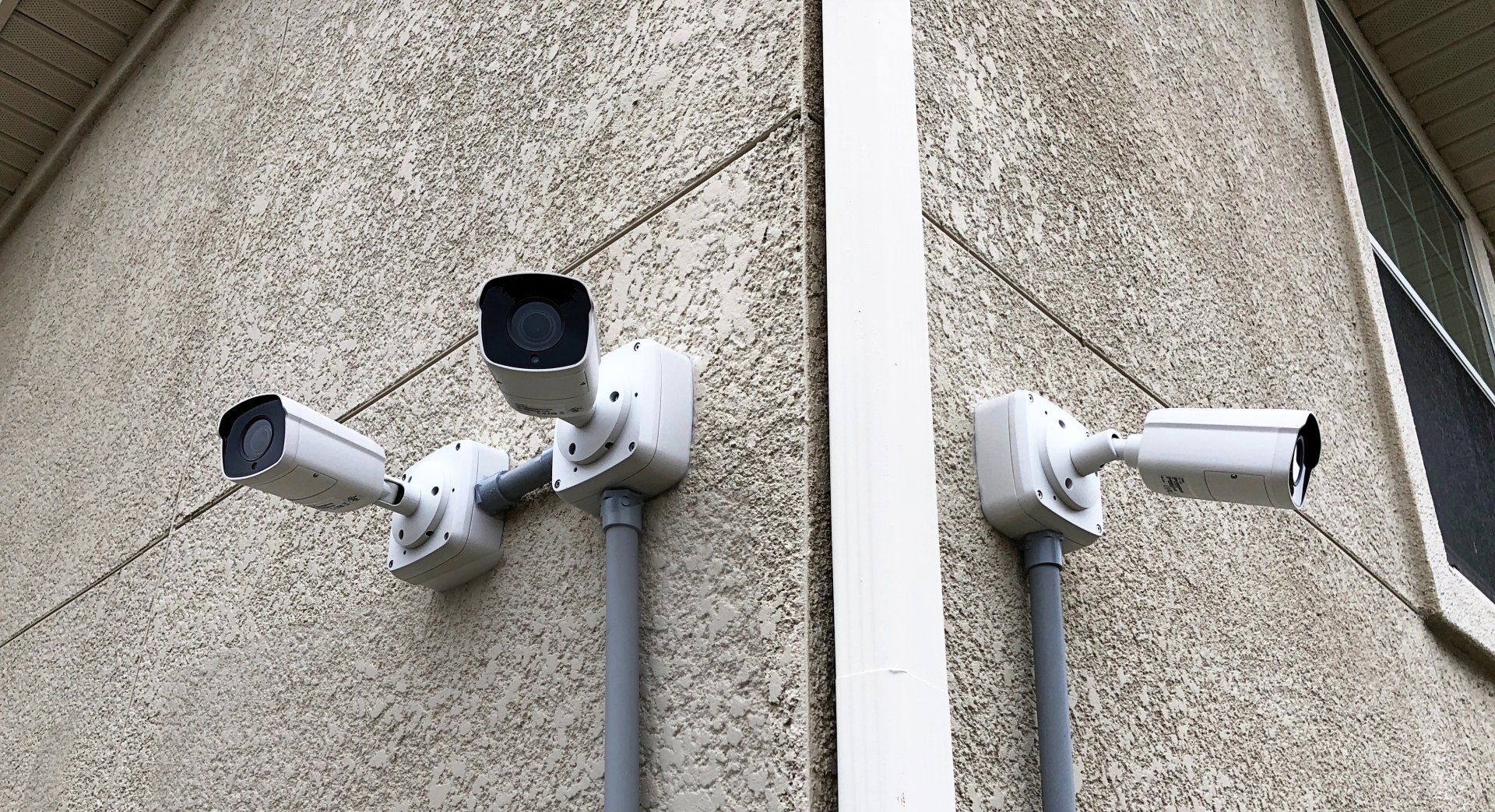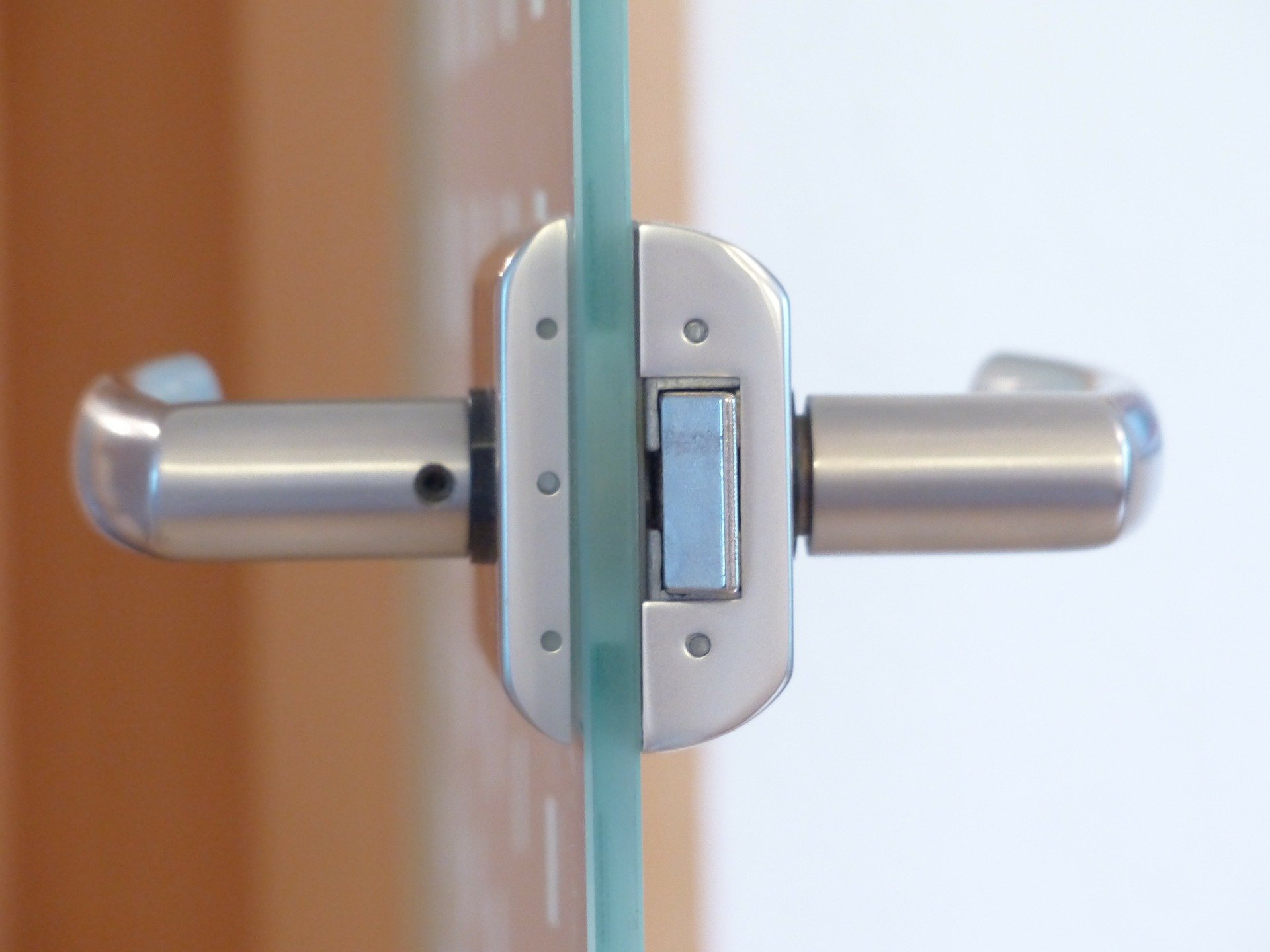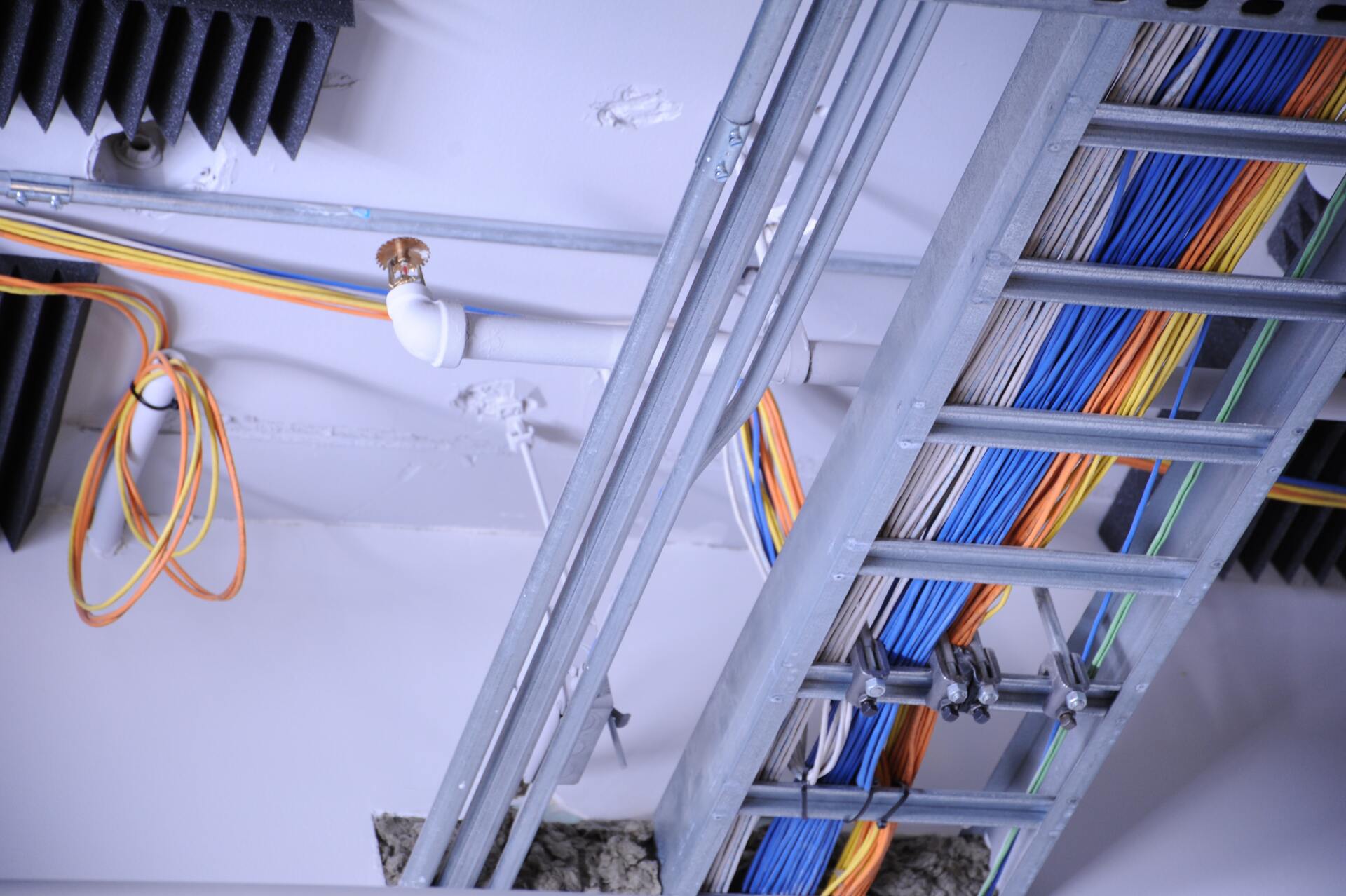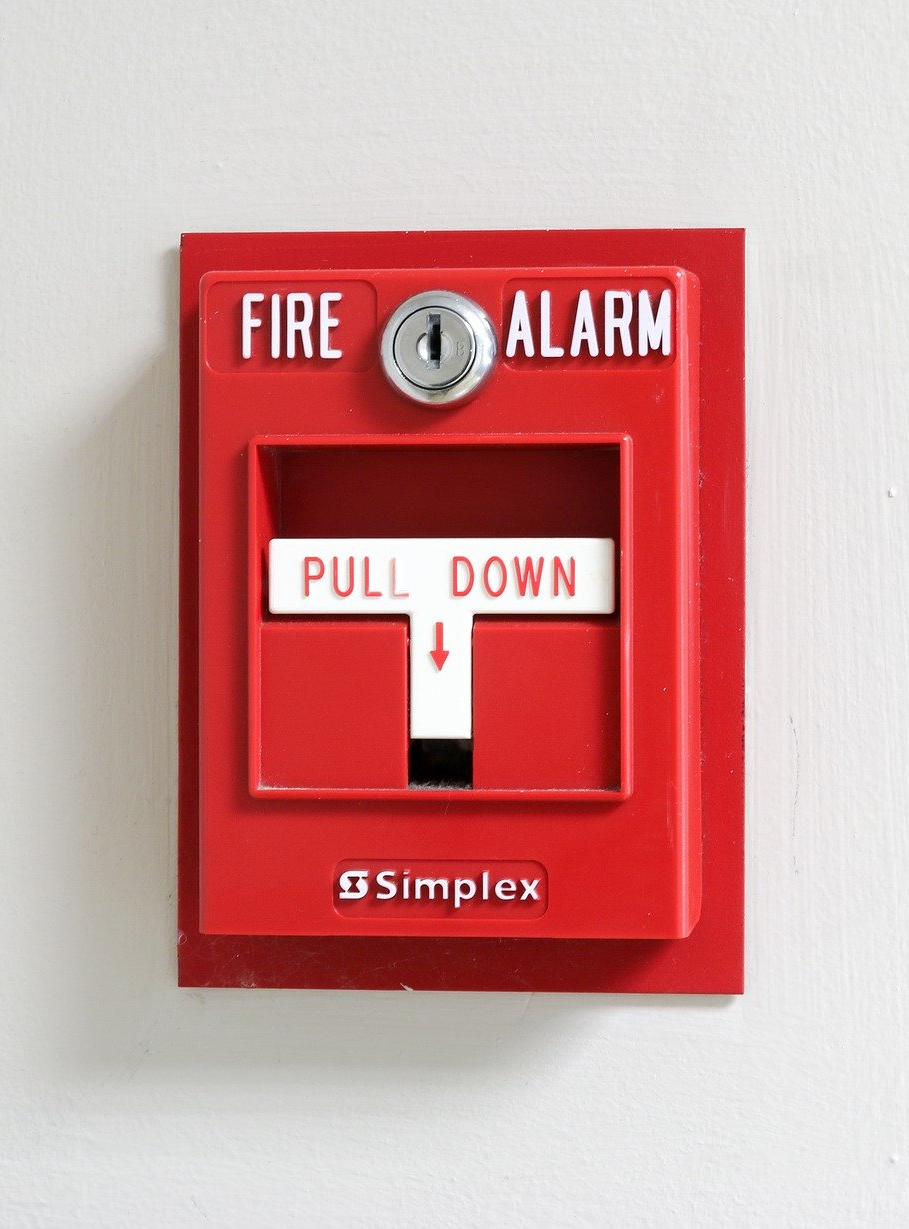Mastering CCTV Installation: A Step-by-Step Guide for Effective Surveillance
Closed-circuit television (CCTV) cameras play a vital role in modern business security, especially when it comes to maintaining a secure environment.
Installing CCTV cameras is more than a technical task; it's about strategically positioning and configuring the system to optimize surveillance effectiveness.
Here are the practical steps of CCTV installation that’ll help ensure your business benefits from a robust and reliable video surveillance system.
1. Conduct a Security Audit
Before starting the installation process, start by conducting a thorough security audit of your premises. Identify key areas that require surveillance, potential blind spots, and points of entry. Understanding the specific security needs of your business will guide the placement and configuration of CCTV cameras.
2. Choose the Right Cameras
Selecting the appropriate CCTV cameras is a crucial step in optimizing surveillance. Consider factors such as resolution, lens type, and camera style based on your business requirements. Dome cameras are discreet and suitable for indoor use, while bullet cameras are designed for outdoor surveillance with a longer range.
3. Strategic Camera Placement
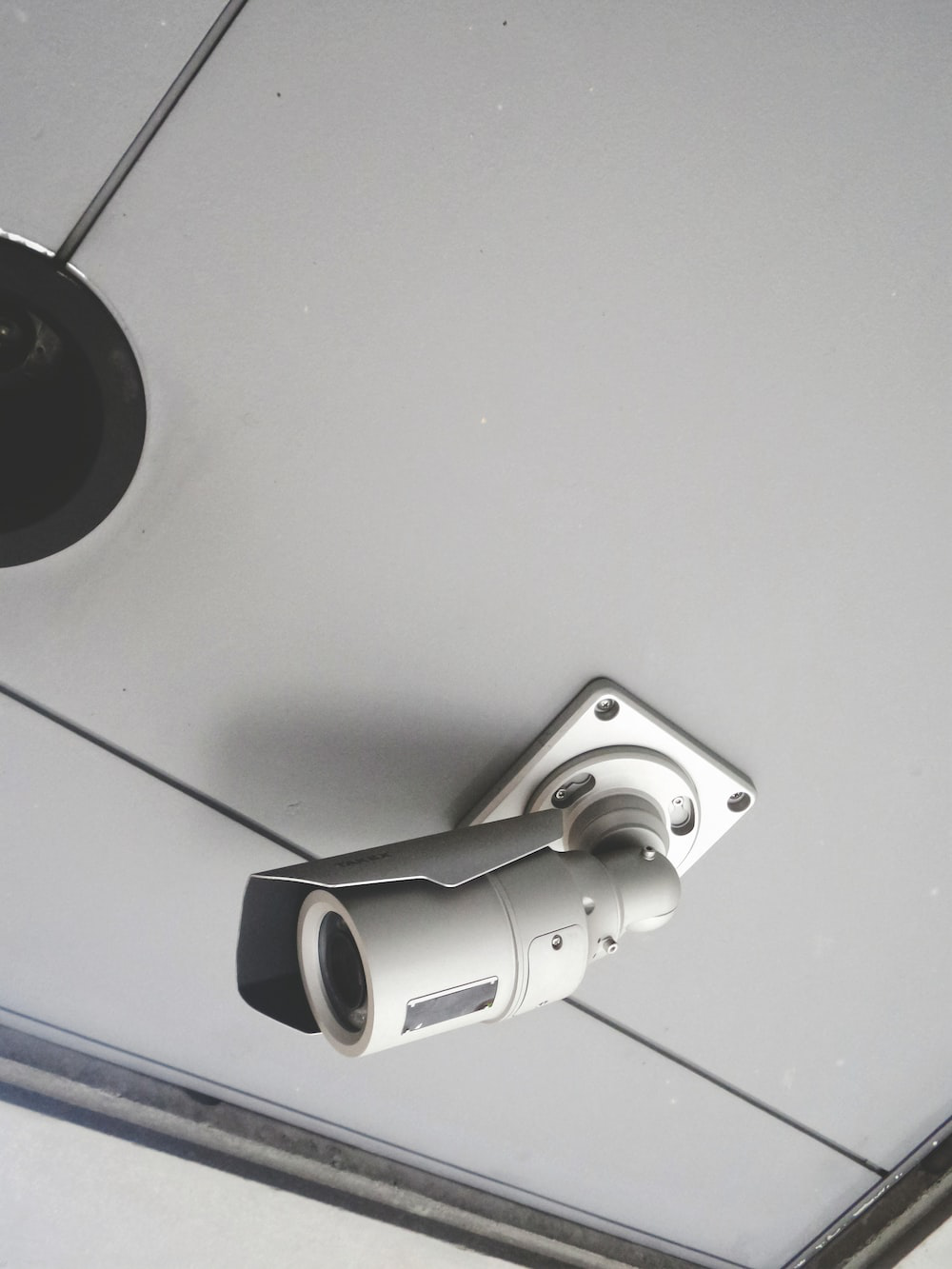
Efficient surveillance hinges on strategic camera placement. Position cameras at entry and exit points, high-risk areas, and locations with valuable assets. Ensure that the field of view covers critical angles without overlapping excessively. This strategic placement enhances coverage and minimizes blind spots.
4. Wiring and Power Supply
Meticulously plan the wiring and power supply for your CCTV cameras. Conceal cables to prevent tampering and maintain a clean aesthetic. Consider using Power over Ethernet (PoE) for a streamlined setup that combines power and data transmission through a single cable.
5. Network Configuration
For optimal performance, configure the network settings of your CCTV cameras. Assign unique IP addresses to each camera and ensure they are on the same network as your monitoring devices. Set up secure passwords to protect against unauthorized access.
6. DVR/NVR Installation
Connect the CCTV cameras to a Digital Video Recorder (DVR) or Network Video Recorder (NVR) to store and manage footage. Install the recorder in a secure location with adequate ventilation. Configure recording settings, such as motion detection and continuous recording, based on your surveillance needs.
7. Remote Monitoring Setup
Enable remote monitoring to access live feeds and recorded footage from anywhere. Configure the necessary software or mobile applications on your devices for seamless surveillance on the go. This feature enhances the flexibility and accessibility of your CCTV system.
8. Testing and Calibration
Before finalizing the installation, conduct thorough testing and calibration. Ensure that each camera provides clear images and covers the intended areas. Adjust angles, focus, and lighting conditions as needed to optimize video quality.
9. Regular Maintenance
A reliable CCTV system requires regular maintenance to ensure continuous functionality. Schedule routine checks for camera positioning, cable integrity, and software updates. Address any issues promptly to maintain the effectiveness of your surveillance infrastructure.
10. Compliance with Regulations
Be aware of local regulations and compliance standards for CCTV installation. Adhering to legal requirements ensures that your surveillance system is not only effective but also operates within the boundaries of the law.
Clearly, mastering CCTV installation involves a strategic and practical approach. This essentially means you need professional help for it to be successful.
Feel free to reach out to our security system experts in Addison. We offer security camera installations as well as other security solutions like card access system installations.
Check it all out and get in touch!
You might also like
Book a Service Today
We will get back to you as soon as possible
Please try again later
Get Protected Today.
Protect Your Business Today with Chicago Security Systems
Chicago Security Systems
Professional Security System Installation Services company in Chicagoland, Illinois.
Navigation
Navigation
Services
Working hours
- Mon - Fri
- Open 24 Hours
- Sat - Sun
- Closed
Working hours
- Mon - Wed
- -
- Thu - Sat
- -
- Sunday
- -
275 Payson St Hoffman Estates, IL 60169 (708) 966-3175
